
Public Water Treatment Process
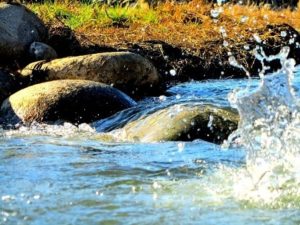
Collection
First, specially designed equipment collects untreated or “raw” water from underground aquifers or from a surface water source such as a lake or river. Next, pipes transfer raw water to the designated water treatment facility. After that, the water undergoes a “pre-treatment” process. This process removes larger debris such as silt and leaves.
Treatment
Once that pre-treatment is done, then the water will pass through a sequence of other treatment processes. These processes include filtration and disinfection with either chemicals or physical means. Disinfection helps remove and eliminate disease-causing microorganisms. When the water treatment process produces water ready for public consumption. Finally, the treated water flows out into the community through a network of pipes and pumps, aka the distribution system.
How Does Water Become Contaminated?
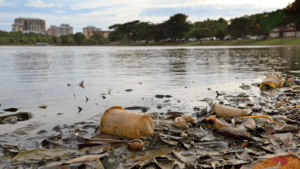
Water contamination can happen anywhere, from larger cities to the smallest rural areas. Each problem is unique, which makes getting ahead of contamination that much more difficult.
 Rural
Rural
When dealing with farming communities, agricultural runoff poses the greatest risk of contamination. Water drains from farming fields as a result of irrigation, melted snow or rain. This runoff will likely contain pesticides, animal waste, fertilizers or even soil particles. All these contaminants can enter surface sources of drinking water such as lakes and rivers. Depending on circumstances, these same contaminants leach down into the groundwater supplies, or aquifers, and render them unsafe to drink. Treating groundwater is very difficult, and in some cases, an impossible venture, not to mention costly.
 Industrial
Industrial
The proliferation of industrial and manufacturing areas in metropolitan areas generates a substantial risk of water pollution. In larger and older cities, lead in the water supply still plagues residents. How does lead get into the water supply? Old infrastructure and aging deteriorated pipes contribute to this hazardous contaminant. A large number of industrial facilities also use freshwater to carry their waste away from their plant and deposit it into rivers, lakes and even oceans.
What Are the Risks of Drinking Contaminated Water?
Contaminated drinking water presents deadly risks. Each contaminant creates its own list of problems for unwary citizens. The Environmental Protection Agency provides a list of some of the most common contaminants and how they affect the population:
- Lead: if consumed by children or pregnant women, it can lead to developmental problems and congenital disabilities.
- E. Coli: E.coli, a bacteria that lives in human and animal feces, can enter water sources through human sewage or farming runoff. The symptoms of E. coli include nausea, vomiting, stomach cramps, and diarrhea. If the case is severe enough, anemia, kidney failure, and potentially fatal dehydration can occur.
- Pesticides and Nitrates: nitrates are components found in fertilizers. These are common water contaminants in farming communities. The most noticeable condition caused by nitrate contamination is methemoglobinemia, which is also known as “blue baby syndrome.”
What’s the Solution?
While the above information is scary and shouldn’t be taken lightly, there are steps that you can take to make sure your family has cleaner, safer water for your home.
 Point-of-Entry Filtration System
Point-of-Entry Filtration System
Point-of-entry (POE) systems, also known as whole house water filters, connect with the main water line for your home. You will find the main water line where the water first enters your home from outside. The POE system treats the water so it can flow to every tap and every water-using appliance in your home. POEs treat wide-range water contaminants including iron, sulfur, chlorine and total dissolved solids. Depending size, POE systems last between five-to-seven years without needing a replacement. A POE does filter out a large number of impurities, making it safe for household and appliance usage. However, it does not filter enough for general consumption.
Point-of-Use Filtration System

What does All This Mean?
Pollutants, accidents and human error continue to plague the water treatment industry. As a result, you shouldn’t rely on them to take complete care of your water. Water treatment facilities, in general, are a great starting place for water filtration. But, taking advantage of whole-house water filtration systems and point-of-use filtration systems is the sure-fire way to make sure your household has access to the purest water. If your home is missing one or both options contact us today. Let us help you on the right path to clean, crisp, delicious water.


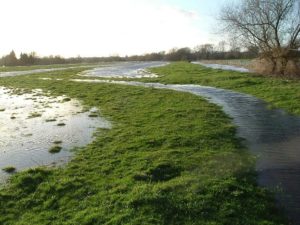 Rural
Rural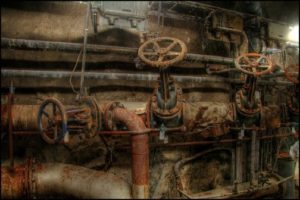 Industrial
Industrial
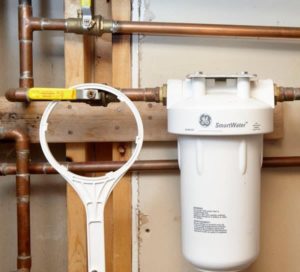 Point-of-Entry Filtration System
Point-of-Entry Filtration System What are drinking water contaminants?
What are drinking water contaminants?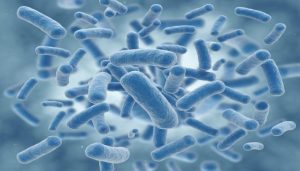 Microorganisms
Microorganisms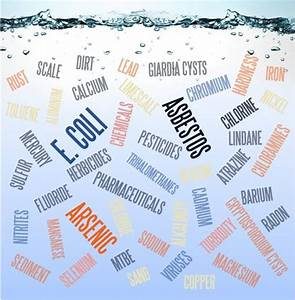 Chemical Contaminants
Chemical Contaminants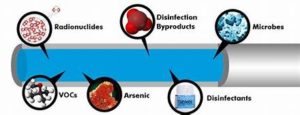 Chemicals include antimony, arsenic, asbestos, barium, beryllium, cadmium, chromium, copper, cyanide, fluoride, lead, mercury, nitrate, nitrite, selenium and thallium. The chemicals cause a host of problems including high blood pressure, kidney, liver and gastrointestinal damage, skin damage and increased risk of cancer.
Chemicals include antimony, arsenic, asbestos, barium, beryllium, cadmium, chromium, copper, cyanide, fluoride, lead, mercury, nitrate, nitrite, selenium and thallium. The chemicals cause a host of problems including high blood pressure, kidney, liver and gastrointestinal damage, skin damage and increased risk of cancer.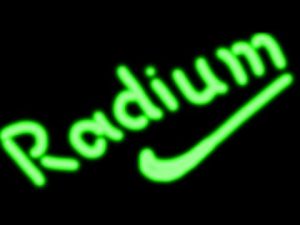 Radiological
Radiological
 Sources
Sources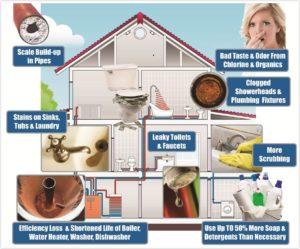

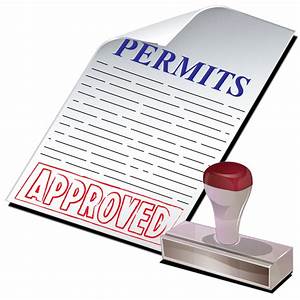
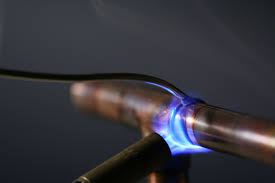 3. TOOLS
3. TOOLS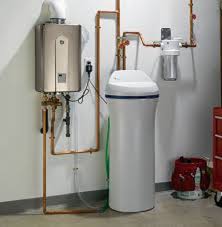 Now you need to find a place in your house where you will install the system you’ve chosen. Things to remember when selecting the location for your water softener include:
Now you need to find a place in your house where you will install the system you’ve chosen. Things to remember when selecting the location for your water softener include: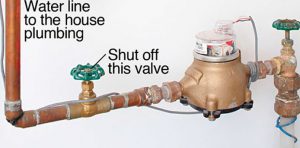 (Note: These are general installation steps. We like these DIY
(Note: These are general installation steps. We like these DIY 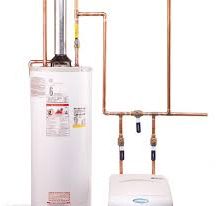 Step 4: Tie in to water supply.
Step 4: Tie in to water supply. Step 8: Add salt (salt-based system)
Step 8: Add salt (salt-based system)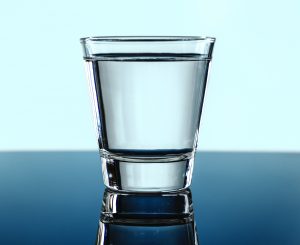 Water, anyone?
Water, anyone?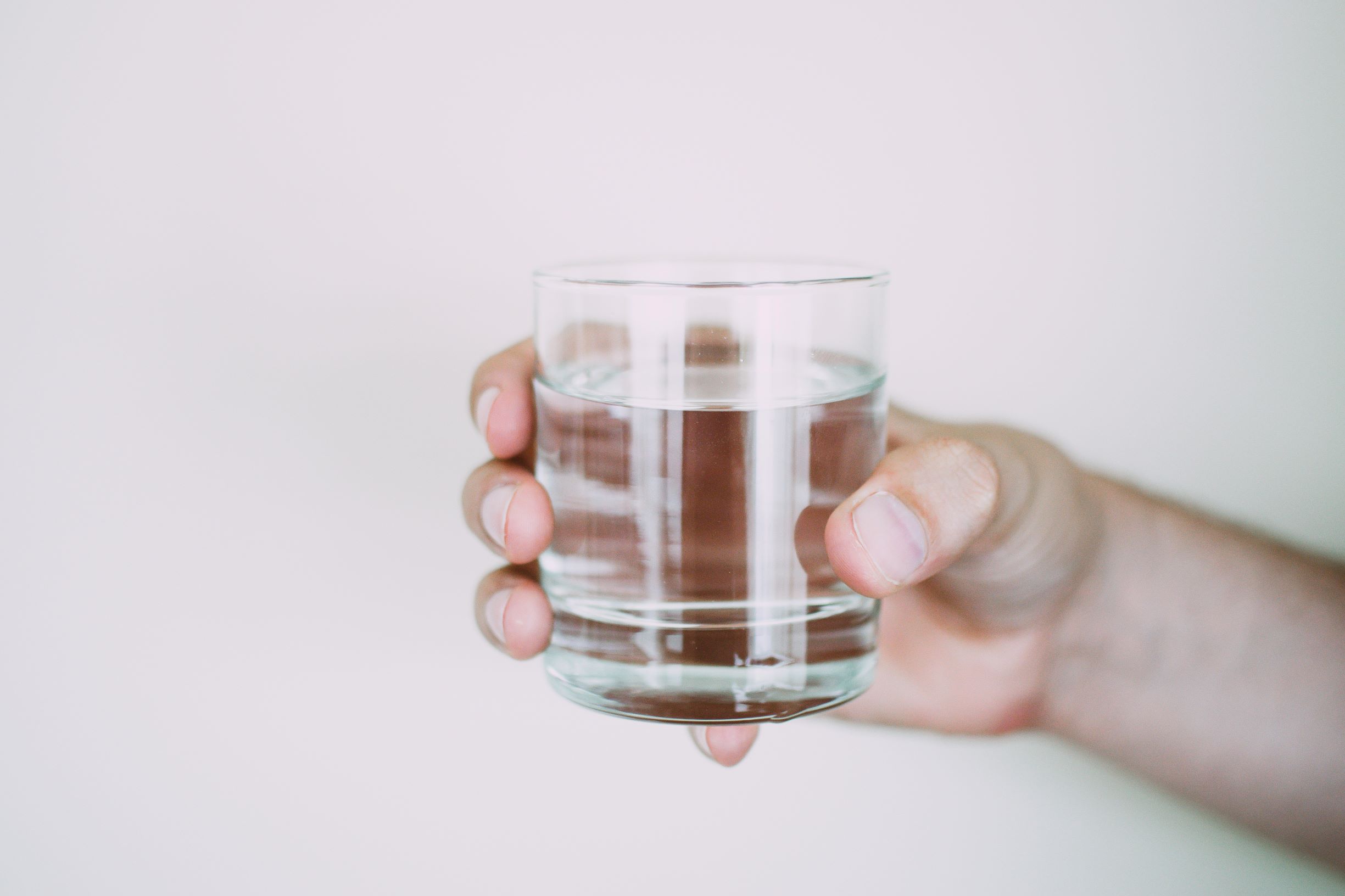 What is Reverse Osmosis?
What is Reverse Osmosis?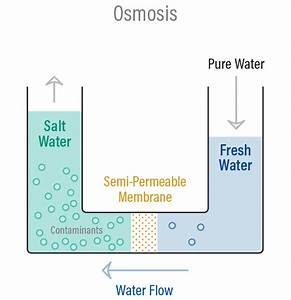 You have one cup of fresh water and one cup of water with salt mixed into it. You pour the salt water into the left side of this U-shaped glass beaker. Then you pour the fresh water into the right side. A very thin plastic membrane filled with thousands of very tiny holes sits in the center of the bottom tube of the beaker. When you pour the cups of water into each side of the beaker, the fresh water flows to the side of the salt water. The water level in that side of the beaker rises. This happens because there are more water molecules in the fresh water compared with the water molecules in the salt water. The fresh water moves toward the salt water to even up the number of water molecules.
You have one cup of fresh water and one cup of water with salt mixed into it. You pour the salt water into the left side of this U-shaped glass beaker. Then you pour the fresh water into the right side. A very thin plastic membrane filled with thousands of very tiny holes sits in the center of the bottom tube of the beaker. When you pour the cups of water into each side of the beaker, the fresh water flows to the side of the salt water. The water level in that side of the beaker rises. This happens because there are more water molecules in the fresh water compared with the water molecules in the salt water. The fresh water moves toward the salt water to even up the number of water molecules.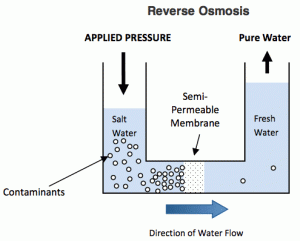 Reverse osmosis occurs when you apply pressure to salt water. The pressure forces the salt water up against the membrane. The salt particles are too large to fit through the membrane openings and only the small water particles are pushed through. The membrane effectively filters out the salt and contaminants, allowing the now-clean water to pass through and mix with the fresh water on the right-hand side.
Reverse osmosis occurs when you apply pressure to salt water. The pressure forces the salt water up against the membrane. The salt particles are too large to fit through the membrane openings and only the small water particles are pushed through. The membrane effectively filters out the salt and contaminants, allowing the now-clean water to pass through and mix with the fresh water on the right-hand side.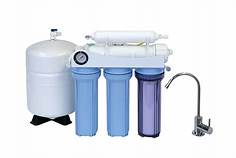 your home
your home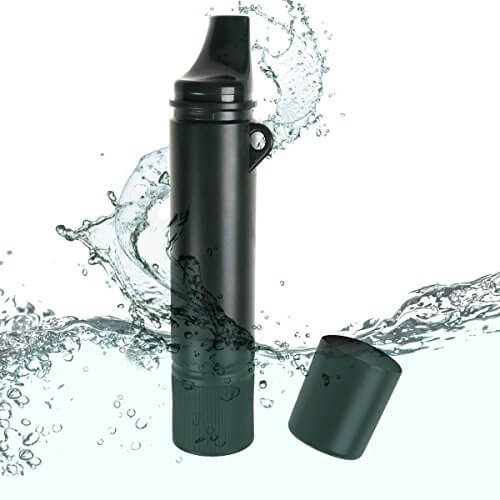 1. High Priced does not always mean high quality.
1. High Priced does not always mean high quality.